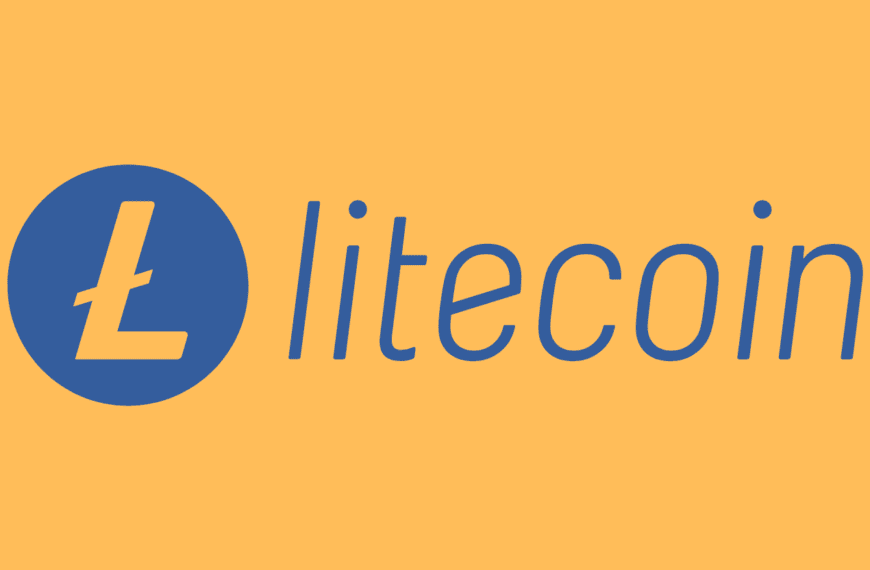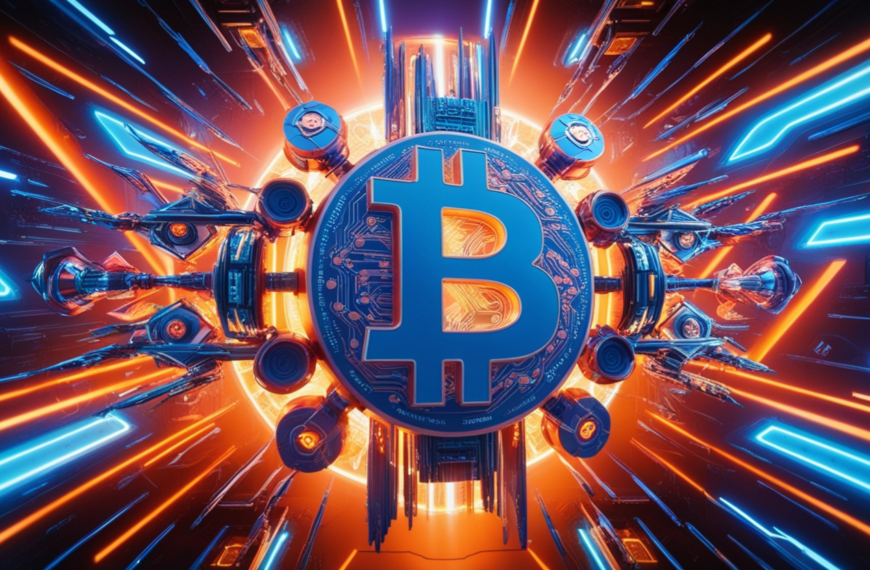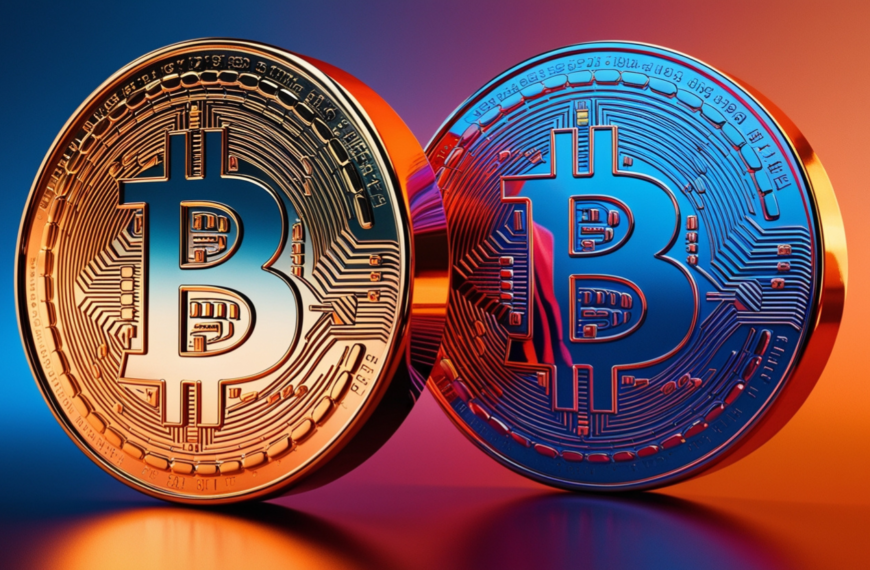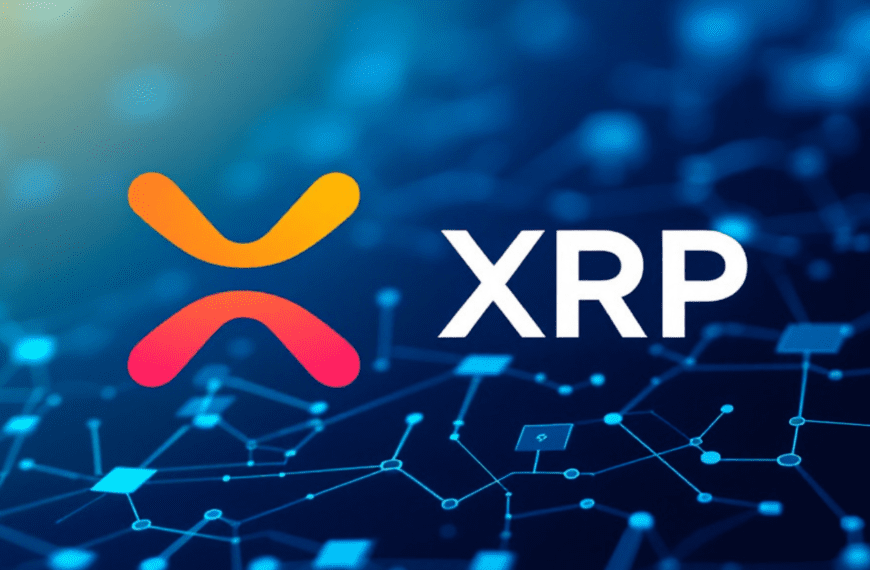What are the Stablecoins?
Stablecoins are a type of cryptocurrency designed to maintain a stable value, typically pegged to a reserve asset such as a fiat currency (like the US dollar) or a commodity (like gold). They combine the benefits of cryptocurrencies, such as fast and borderless transactions, with the stability of traditional assets.

Types of Stablecoins
- Fiat-Collateralized Stablecoins:
- These are backed by a reserve of fiat currency held in banks or other institutions.
- For every issued token, an equivalent amount of fiat currency is held as collateral.
- Example: Tether (USDT), USD Coin (USDC), Pax Dollar (USDP).
- Crypto-Collateralized Stablecoins:
- Backed by other cryptocurrencies as collateral.
- Due to the volatility of cryptocurrencies, they are often over-collateralized.
- Example: DAI (issued by the MakerDAO protocol).
- Algorithmic Stablecoins:
- Use algorithms and smart contracts to maintain price stability without backing assets.
- The supply of tokens is dynamically adjusted based on market demand to maintain the peg.
- Example: TerraUSD (before its collapse), Ampleforth (AMPL).
- Commodity-Backed Stablecoins:
- Pegged to the value of a tangible commodity, such as gold, silver, or oil.
- Example: PAX Gold (PAXG), Tether Gold (XAUT).
Use Cases of Stablecoins
- Cross-border payments: Allow for fast and low-cost international money transfers.
- Hedging against volatility: Serve as a safe haven during market downturns in the crypto ecosystem.
- Decentralized finance (DeFi): Widely used in lending, borrowing, and trading in DeFi platforms.
- Payment solutions: Facilitate seamless transactions for goods and services.
Advantages
- Stability: Provide price consistency compared to other cryptocurrencies like Bitcoin or Ethereum.
- Accessibility: Enable financial inclusion for people in regions with unstable local currencies.
- Transparency: Backed by auditable reserves in most cases.
Risks and Challenges
- Centralization: Fiat-collateralized stablecoins rely on centralized entities to hold reserves.
- Regulatory scrutiny: Subject to government regulations and oversight.
- Collapse risk: Algorithmic stablecoins can fail to maintain their peg during market turbulence (e.g., TerraUSD).
Stablecoins are a bridge between traditional finance and the cryptocurrency ecosystem, playing a crucial role in the digital economy.
https://news.coincap7.com/what-is-usdt-who-is-the-founder-of-usdt/
https://hedera.com/learning/tokens/what-is-a-stablecoin
Disclaimer: The content provided here is for educational purposes only and is intended to raise awareness about cryptocurrency and blockchain technology. It should not be considered as financial or investment advice. Before investing in any cryptocurrency or token, we strongly encourage you to conduct thorough research, understand the associated risks, and make informed decisions (DYOR – Do Your Own Research). For detailed guidance, consult a qualified financial advisor.















